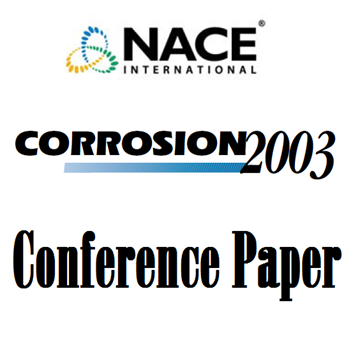Search
03257 Corrosion of Superaustenitic Stainless Steels in Chloride-and Sulfate-Containing Media-Influence of Alloying Elements Cr, Mo, N and Cu
Also Purchased
02030 TETRAKISHYDROXYMETHYLPHOSPHONIUM SULFATE (THPS) FOR DISSOLVING IRON SULFIDES DOWNHOLE AND TOPSIDE - A STUDY OF THE CHEMISTRY INFLUENCING DISSOLUTION
Product Number:
51300-02030-SG
ISBN:
02030 2002 CP
Publication Date:
2002
$20.00
03241 THE SYNERGISTIC EFFECT OF CORROSION, SCALE, AND BIOCIDE INHIBITORS ON THE CORROSION RATE OF L-80 STEEL IN SEAWATER
Product Number:
51300-03241-SG
ISBN:
03241 2003 CP
$20.00
03337 THE TRANSPORT OF CHEMICAL INHIBITOR DURING BATCH APPLICATION
Product Number:
51300-03337-SG
ISBN:
03337 2003 CP
Publication Date:
2003
$20.00




